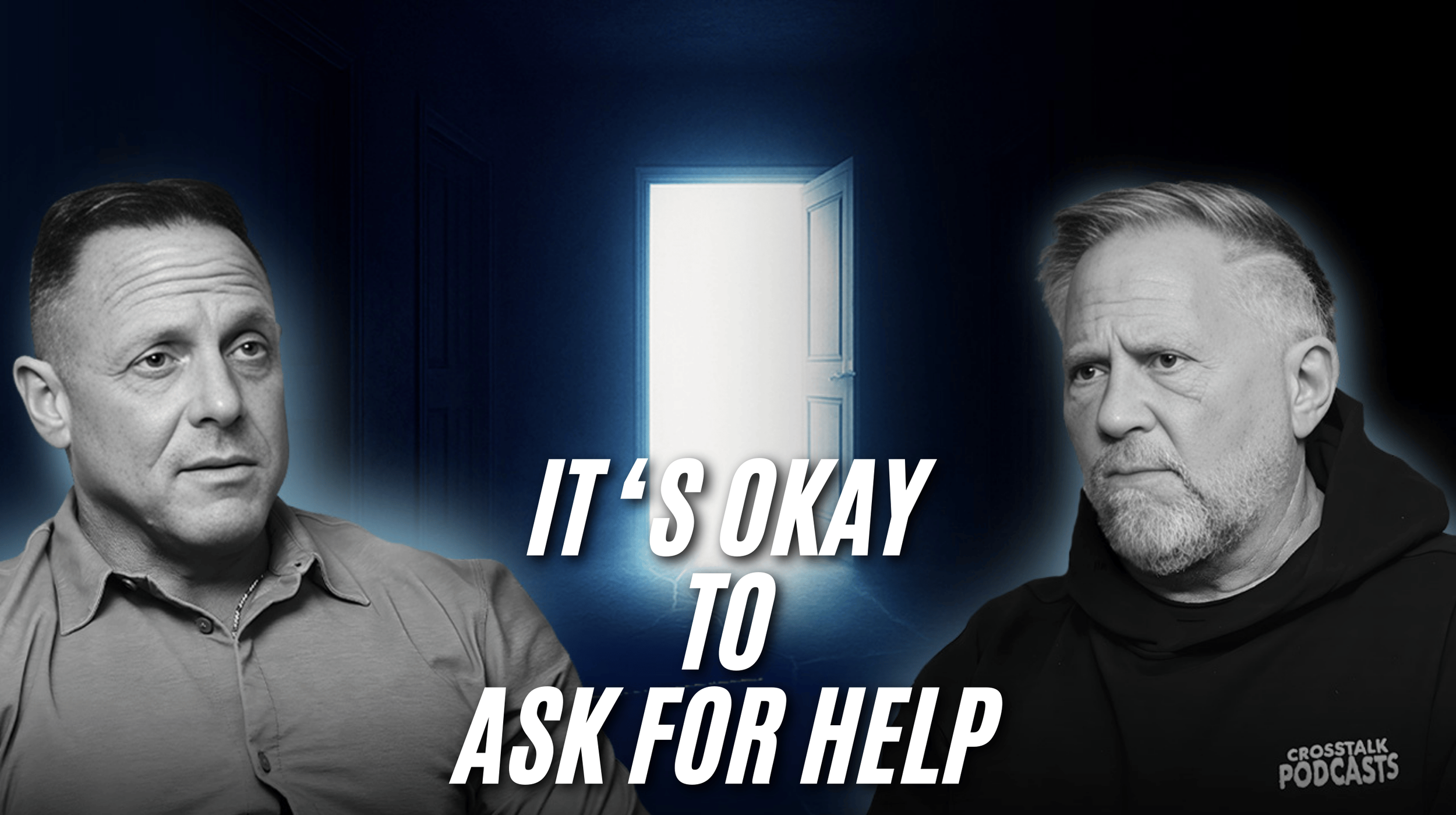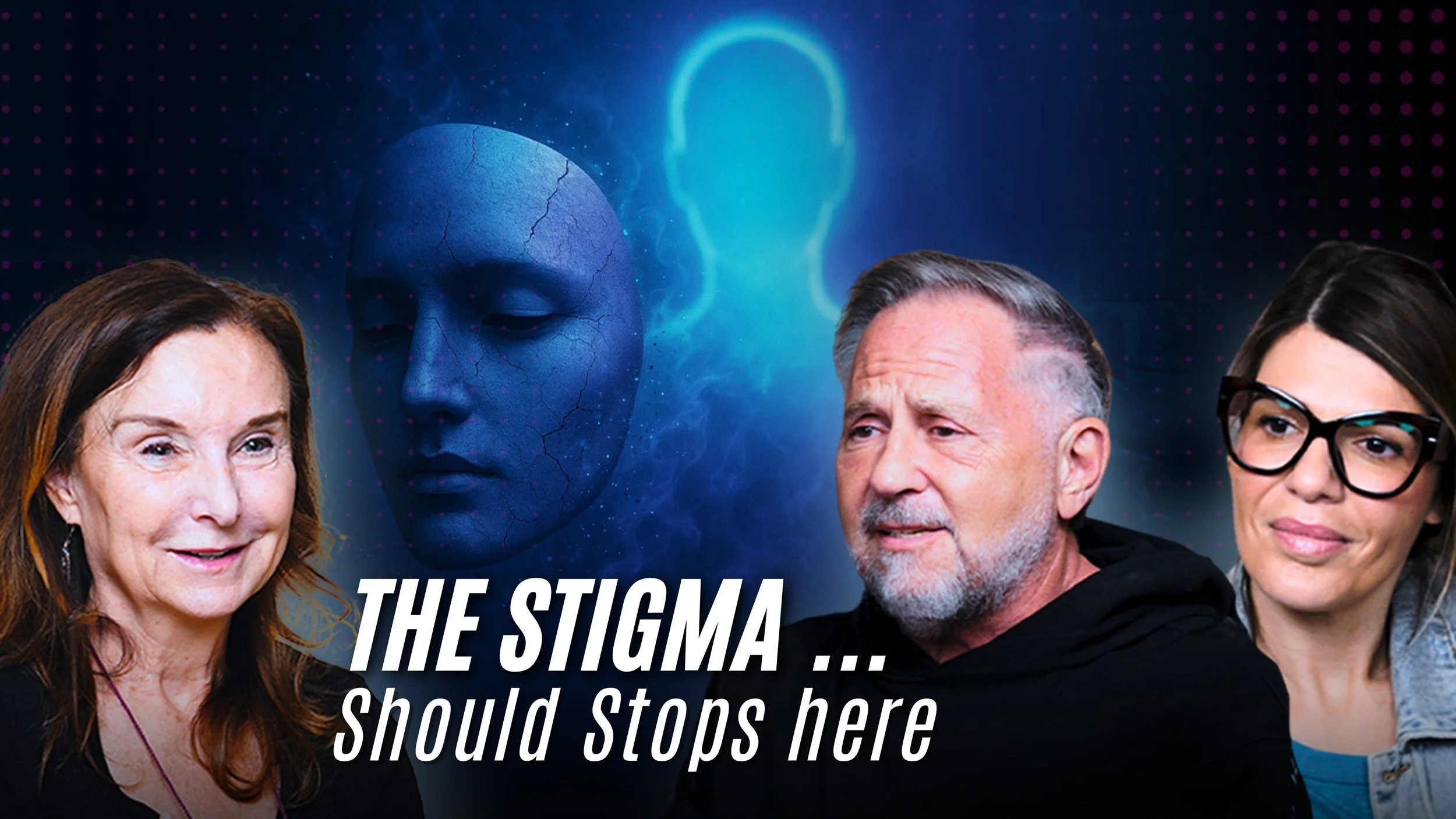Can A HIGH-FUNCTIONING Addict Truly Be SUCCESSFUL? | Sean G.
Listen or watch on your favorite platforms
Sean describes growing up between two households, battling anxiety, and hiding addiction behind academic and professional success. His breaking point came when he realized he could no longer control his use and was destroying relationships and his dreams.
Today, Sean is rebuilding his life through therapy, AA, fitness, and brutal honesty. He shares how sobriety reshaped his confidence, purpose, and career.
What Things Looked Like Growing Up
Sean grew up between two worlds—two households, two cultures, and two completely different emotional climates. Born in the Bay Area to a Hungarian father and an LA-raised mother, his childhood felt like a pendulum swinging across continents. Summers meant Eastern Europe; winters meant Hawaii; school months meant bouncing back and forth between divorced parents in California.
From the outside, it looked like an exciting life—travel, culture, multiple languages, new experiences. But on the inside, a different story was unfolding: a young boy learning to shape-shift to survive.
On the podcast, he described his upbringing as “a split household,” with both parents remarried, both homes carrying completely different expectations Episode. His father carried a strict, old-world discipline. His mother offered a softer, more free-flowing, hippie-like environment. And somewhere between the two, Sean was trying to figure out who he was allowed to be.
He recalls being a “good kid,” good grades, smart, observant, never needing to try too hard in school. But he also remembers something else—an internal pressure he couldn’t name at the time. Anxiety. Self-doubt. A constant desire to belong and feel normal.
“I always felt a little bit different… like there was something wrong with me,” he said during the episode, reflecting on the feelings that shaped him long before drugs ever entered the picture Episode.
Travel gave him exposure to the world, but it also meant he rarely stayed in one emotional place long enough to feel grounded. He carried invisible tension from home to home, country to country, summer to summer—never realizing how much of that pressure he would spend years trying to numb.
The First Drink
Sean’s introduction to substances wasn’t glamorous—it was impulsive, unplanned, and rooted in a desire to feel just a little more comfortable inside his own skin.
At just 13 years old, during a summer in Eastern Europe, a friend pressured him to smoke a cigarette. Despite initially refusing in California, he gave in overseas. By the end of that summer, he was smoking two packs of reds a day—a shocking acceleration for a kid barely out of elementary school.
Soon after, weed entered the picture. Then came the night that changed everything.
“One night my dealer didn’t have weed… he had ecstasy,” Sean shared. He and a friend stared at the pills, scared but desperate to get high. “We wanted to get high so bad that we just did it.”
And instantly, he felt relief.
The kind of relief that burrowed straight into his nervous system and whispered: this is what normal feels like.
“All the anxiety and stress I grew up with… it was gone,” he said. “I felt normal. I felt enthusiastic. I felt like I was enjoying talking to people.”
For someone who spent his entire childhood navigating emotional tension, that moment was intoxicating in more ways than one.
Substances didn’t just make him feel good—they made him feel enough.
Soon, ecstasy became a daily routine. At 16 years old, he was using it every day as a server at his job, showing up high, talking to customers, going through the motions like everything was fine.
It wasn’t just recreational anymore. It was psychological survival.
Active Addiction & How It Impacted His Life
Sean became a high-functioning user—the kind who could pursue degrees, work jobs, socialize, and earn respect while quietly destroying himself behind the scenes.
“I was a highly functional user,” he said. “You couldn’t tell until it got to a certain point… I used drugs as a performance enhancer.”
He wasn’t the stereotype people imagine when they think of addiction. He wasn’t homeless, jobless, or incapable of working. In fact, he pushed harder—business degrees, an MBA, internships, leadership roles, entrepreneurship. On the exterior, he looked like he was winning.
But internally, he was running.
Running from anxiety.
Running from a childhood shaped by tension.
Running from the pressure to succeed.
Running from the parts of himself he hadn’t yet learned to accept.
His substance use shifted as he aged:
Ecstasy in his early teens
Weed and cigarettes
Xanax in college
Ketamine in adulthood
Alcohol in between every phase
Each substance served a different purpose: calming him, boosting him, numbing him, or helping him show up as the person he thought he needed to be.
And people had no idea.
“I made it a long way keeping it a secret,” he admitted. Even those closest to him didn’t understand the depth of what he was battling. He was performing at a high level while simultaneously unraveling behind closed doors.
This dual identity—the successful artist manager and the addict spiraling through substances—became a suffocating cage.
Hitting Bottom
There wasn’t just one bottom. There were countless micro-bottoms—moments where Sean felt the universe tapping on his shoulder, warning him that something had to change.
But one moment stands above the rest.
It was the first time he looked at himself and thought:
“I might not be able to get myself out of this.”
When ketamine entered his life heavily, things took a terrifying turn. What started as something that “helped him in the beginning” quickly became uncontrollable. He used more and more. He spent more money than he could afford. He watched his savings disappear while simultaneously trying to build a career in LA’s competitive music industry.
He described that period simply:
“It looked like something I could no longer control.”
Imagine being successful on paper—moving to LA, managing artists, building a business—while inside, you’re drowning, terrified that the next use might be the one you can’t come back from.
That’s where he was.
And then came the moment that broke through the denial.
He visited his mother and stepfather. He wasn’t using hard drugs that day—but he was drinking heavily. And they noticed.
Sean wasn’t himself. His behavior was off. His reactions were defensive. His energy was dark.
For the first time, his mother looked at him and said the words he didn’t expect but desperately needed:
“You need to go to AA.”
He didn’t argue. He didn’t run.
He listened—because somewhere deep down, he knew she was right.
That moment wasn’t dramatic or chaotic. It was quiet. Simple. Direct.
But it cracked something open inside him.
As he put it:
“I’ve never not listened to my mom.”
And that was the day his life shifted direction.
Getting Help
Sean didn’t go to rehab.
He didn’t check into a facility.
He didn’t disappear for treatment.
He walked into an AA meeting because his mother told him to—and he was finally ready to surrender.
He also leaned into therapy, which he started about a year and a half earlier. Even though he was honest with his therapist about ketamine, he still relapsed during that period. But therapy planted the seed of self-awareness that would later fuel his sobriety.
Beginning recovery meant confronting the very anxiety and identity struggles he had spent decades numbing.
He worked out.
He journaled.
He reclaimed his confidence.
He learned to trust himself.
Slowly, he started feeling comfortable in his own skin—something substances had given him artificially for years.
He said something incredibly powerful and telling:
“At this point in my life, I’m just ready to be exactly who I am…
I can’t keep secrets anymore.”
Recovery gave him authenticity.
Authenticity gave him clarity.
Clarity gave him peace.
What Life Looks Like Today
Today, Sean is fully present.
Fully sober.
Fully committed to living a life that aligns with his principles.
He is building a respected career in the music industry with his boutique management company, representing artists who trust him—not because he pretends to be perfect, but because he shows up honestly.
Sobriety didn’t make his life smaller.
It made his life bigger.
He works out again and recognizes the powerful connection between physical health and mental stability. He reconnects with loved ones without shame. He shows up to meetings, manages his anxiety, and leans on his support system.
Most importantly, he knows his purpose now:
To live as the most trustworthy, transparent, grounded version of himself.
“I’m not willing to let addiction keep me from my dreams,” he said.
And today, he’s proving that every single day.
Sean’s story reminds anyone reading this that you don’t have to be falling apart publicly to need help. You don’t have to wait for a dramatic crash to make a change. You just need honesty, willingness, and one moment of courage.
Healing begins when you decide you’re worth saving.
And like Sean discovered—you absolutely are.
FAQs
How do I know if I’m a high-functioning addict?
A high-functioning addict can maintain jobs, relationships, or responsibilities while privately relying on substances to cope.Does anxiety often lead to addiction?
Yes—many people use substances to numb anxiety, which can quickly develop into dependency.Can you get sober without going to rehab?
Yes—some individuals recover through support groups, therapy, and community-based resources.Is family support important in addiction recovery?
Absolutely; supportive family or friends can be a crucial push toward seeking help.Can work success hide addiction issues?
Yes—many people use outward success to disguise internal struggles with substances.
Related episodes
ABOUT CROSSTALK
CROSSTALK reveals real stories of everyday people and notable figures, sharing their journeys from struggles to life-changing 'aha' moments with all kinds .


 Spotify
Spotify














